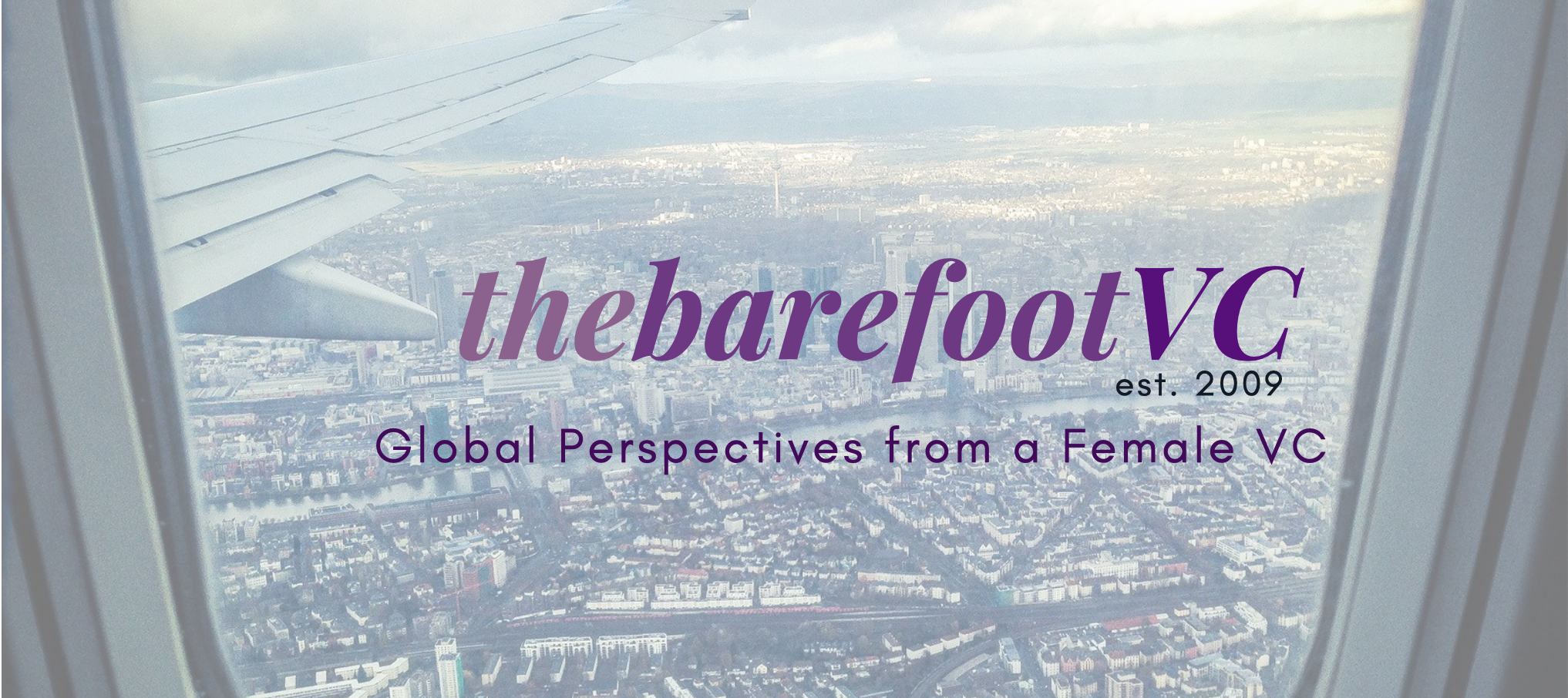An Uber Lesson for ICOs
July 21, 2017

I woke up this morning to the news that Uber’s board asked CEO Travis Kalanick to resign. After a year of allegations of sexual harassment, questionable competitive tactics and employee turnover, this isn’t much of a surprise. For those of us who have been hearing some of these stories for years while watching the company’s valuation soar to $70B, we wondered why it took the board so long.
Kalanick no doubt was a visionary leader, but in the process of realizing his vision created a toxic company culture, one that valued “winning” above all else and in classic Silicon Valley style, moved fast and broke things – including ultimately the trust of his shareholders.
As I often do these days, I thought of what we are seeing with Initial Coin Offerings (ICO’s) and how a more distributed ownership structure could have created change well before the highly centralized board and management team eventually did. If drivers had more ownership and rights, they could have signaled and reported the unfair practices they were witnessing daily. The reason I knew of these practices is by talking to drivers when I got in their cars – it only took a few questions to witness their discontent and lack of loyalty to Uber. This only accelerated as time went on – as the company raised more money and had a higher valuation they were forced to expand more quickly while increasing profitability. The stakes kept getting higher, and the culture solidified more.
What if employees had the ability to vote managers out after multiple instances of bad behavior? This could have been a self-healing organization instead of a self-destructive one.
One of the most exciting parts of blockchains and ICOs are how they can put power back into the hands of people who are contributing and creating a product or service, in addition to those providing capital. Admittedly, there’s a still a lot that needs to be worked out in terms of governance, incentives and structure, and I do fear that the current bubble in the ICO market may delay these new structures. However, I imagine a world where we can proactively, and in real time address organizational problems, without cycling through billions of dollars and millions of hours of employee time. It’s not only morally the right thing to do, it also makes the most sense from a business perspective.
